La Quebrada de Humahuaca It is one of the most interesting destinations in a tourism trip through Argentina.
It is located in the extreme north of the country, in the province of Jujuy, which borders the neighboring countries of Bolivia and Chile.
It is known by the name of Quebrada de Humahuaca to the valley of about 150 kilometers in length carved by the Rio Grande.
The name "ravine" for this valley refers to being narrow and closed by steep slopes, as well as its function as a passage between mountains.
This valley is the simplest communication route between the Andean plateau and the pampas, and that is why it has served since time immemorial as a transit point between both geographical areas.
All the information in detail
Humahuaca Gorge, World Heritage Site
In the Quebrada de Humahuaca Traces of human presence have been found for at least 10.000 years.
Being considered a communication route, it played an important role in the expansion of the Inca empire in the 15th and 16th centuries.
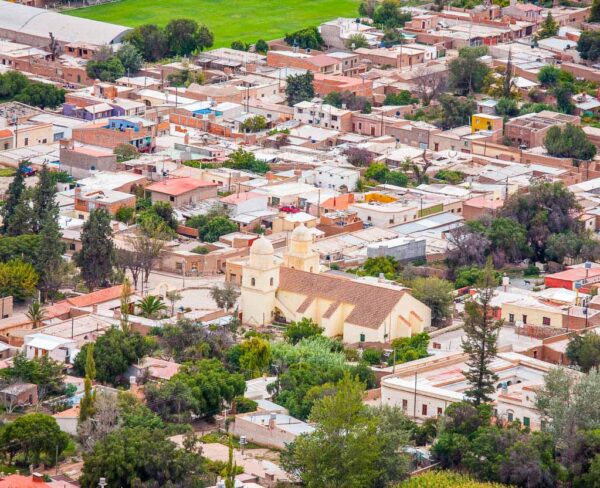
Some specific points of the ravine are part of Qhapaq Ñan, the Inca road system that, using older infrastructure, served to structure the empire and that is inscribed by the Unesco on the list of World Heritage.
As if that were not enough, the ravine itself is also considered a place in itself Heritage for its historical and cultural importance as a link between the Bolivian highlands and the Argentine plains.
The numerous archaeological and architectural remains Located in a very well preserved natural environment, they make it a privileged witness to the history of the continent.
Here you can sign up for one excursion to the Quebrada de Humahuaca from Purmamarca, with a duration of 8 hours, or also from Salta
The ravine It also plays an important role in history of the republic since decisive events took place here in the fight for independence of Argentina.
Therefore, the traces of different periods make this valley a review of important moments in the history of the continent.
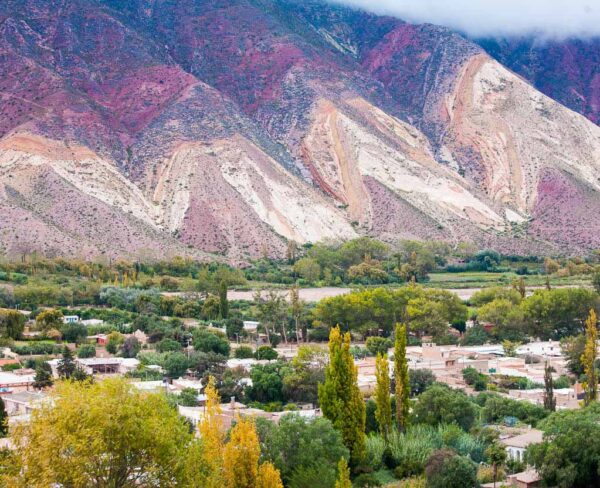
Colorful landscapes in Quebrada de Humahuaca
However, despite the immense cultural value of the area, it is likely that the main tourist attraction of the ravine sea nature, specifically the very peculiar beauty of its scenery.
The erosion of the slopes by the river has exposed different sedimentary strata of materials of different colors, and all of this has created spectacular views in many places. superimposed structures of bright colors.
Furthermore, in some parts the strata that have been exposed are folded and create formations that can be described as waves or saw or shark teeth.
What to see in Quebrada de Humahuaca
In this peculiar landscape, several towns appear with a traditional adobe architecture And small colonial churches, to which have been added in recent years good accommodation and restaurants a wide range of Craft shops and many agencies that offer all kinds of activities and excursions Around the area.
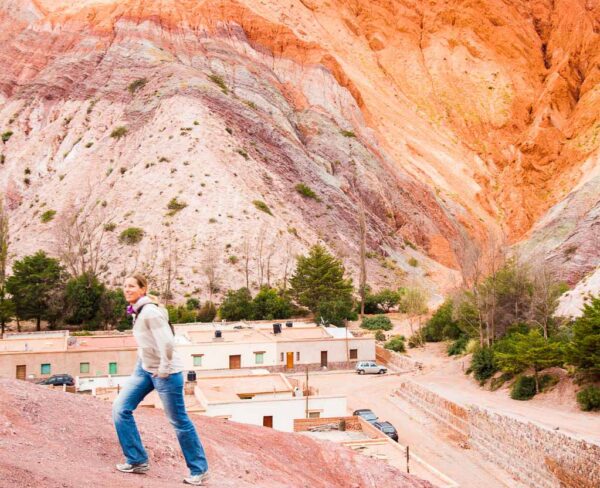
Many of these towns, created in colonial times, served as resting places on the mail route that linked Buenos Aires with the mining city of Potosí, already in the Bolivian highlands.
In the austral summer (in the months of December, January and February), the Quebrada de Humahuaca It is a highly sought-after tourist destination, so many hotels are full and prices rise quite a bit.
We visit the Quebrada de Humahuaca within a Widest route through the northwest of Argentina that started in Tucuman and had continued along the Tafi Valley and Calchaquíes valleys until you reach Salta.
Purmamarca in Quebrada de Humahuaca
From this city we toured the Quebrada del Toro y Salinas Grandes to get to the Quebrada de Humahuaca en Purmamarca.
ORGANIZE your TRIP
- Don't forget your TRAVEL INSURANCE with a 5% discount
- Book the HOTEL for your trip
- RENT a CAR for your trip
- The best TOURS and EXCURSIONS in Spanish
- NO-LINE TICKETS for museums and monuments
- Best FREE TOURS around the world
- Book your TRANSFER from the airport
- eSIM card with INTERNET at the best price
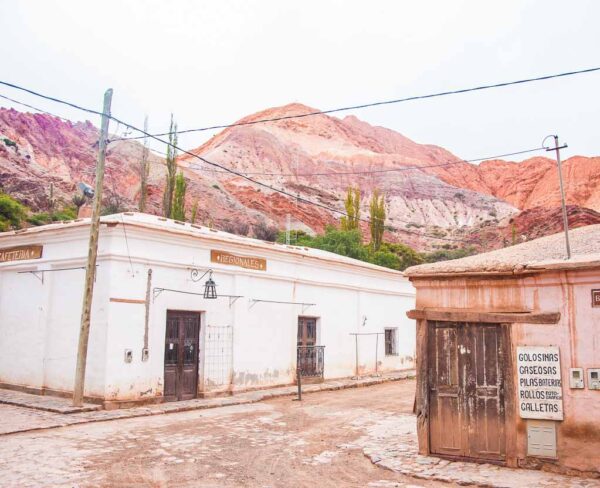
Purmamarca It is a small town of about 500 inhabitants that is located three kilometers from the main road that follows the ravine.
Hill of Seven Colors in Quebrada de Humahuaca
Its main attraction is that it is located at the foot of the Cerro de los Siete Colores.
This hill is one of the strangest geological formations in all Argentina, making it a well-known tourist destination.
A walk of about three kilometers around the surroundings, among rock formations of impossible colors, is one of the essential activities to do on any visit to the ravine.
The town itself is also very attractive, with adobe houses and a small 17th century church surrounded by centuries-old carob trees. In the square, every day a craft market, especially fabrics.
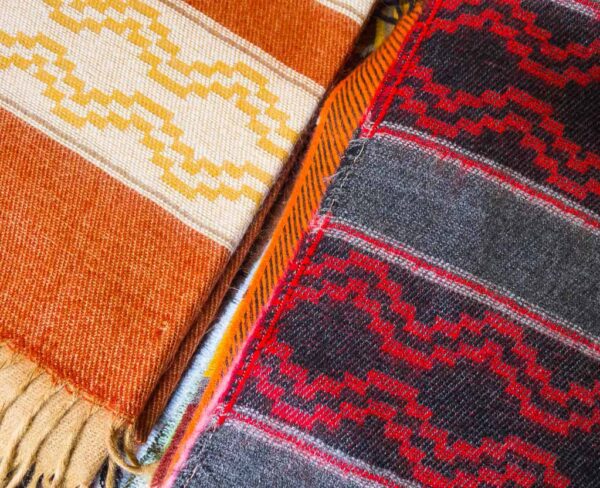
To leave from Purmamarca Immediately you reach the intersection with Route 9, which is the one you must follow now to explore the ravine.
You immediately pass through the Stove Post, one of the stages of the viceregal mail that traveled this road and that linked places as distant as Lima and Buenos Aires.
Next you get to Maimara, another of the typical towns in the valley.
The peculiar thing is that it is under the call Painter's Palette, one of the most striking geological formations in the ravine.
The folds of the mountain strata are visible and create a very colorful ensemble.
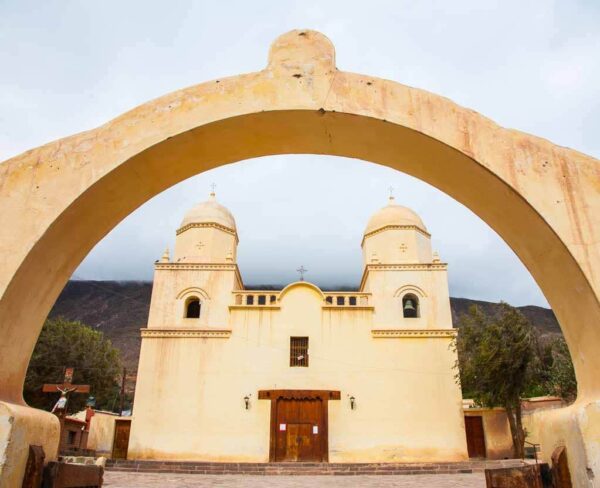
Tilcara in Quebrada de Humahuaca
Tilcara It is one of the most important towns on this road. Its church, in the square, where there is a craft market, is a good example of the colonial style of the area.
On the outskirts there is a pucará a ancient prehispanic fortress not very well rebuilt according to some.
DON'T FORGET YOUR TRAVEL INSURANCE
Are you organizing your travel to Argentina? Don't leave without take out your travel insurance before, and here we explain why. If you hire it with us, you have a 5% discount.
Located at the top of a hill, it strategically dominates the entire area. The entrance also serves the Archaeological Museum located in a colonial house in the square.
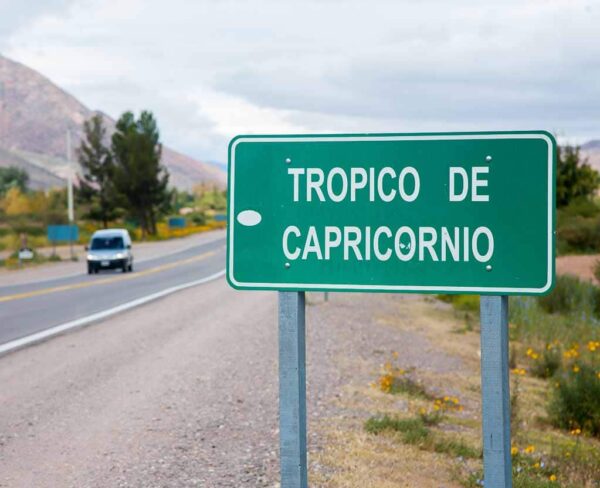
In the surroundings you can take several interesting walks. The best known is the one that leads to the Devil's throat, where a waterfall falls.
The path continues north and passes by a small monument that marks the Tropic of Capricorn before reaching Urquia.
Urquía in Quebrada de Humahuaca
In the church of San Francisco de Paula de Urquía, which is one of the most interesting in the entire area, there is a good collection of paintings from the Cusco school.

It is a series of Arquebusier angels, dressed in curious clothing and armed with harquebuses instead of swords. These representations were very common during the colonial period in South America.
Just in front of the entrance stands another small craft market.
Don't forget your Travel Insurance
Are you organizing your trip or getaway? Don't leave without take out your travel insurance before, and here we explain why. If you hire it with us, you have a 5% discount
As you go up the road the vegetation becomes sparser.
In the end it comes to Humahuaca, the final point of our tour. It is the largest population in the ravine and for some it is the most attractive.
You have to walk through its streets flanked by centuries-old white houses in search of the large church in front of the square and the town hall building.


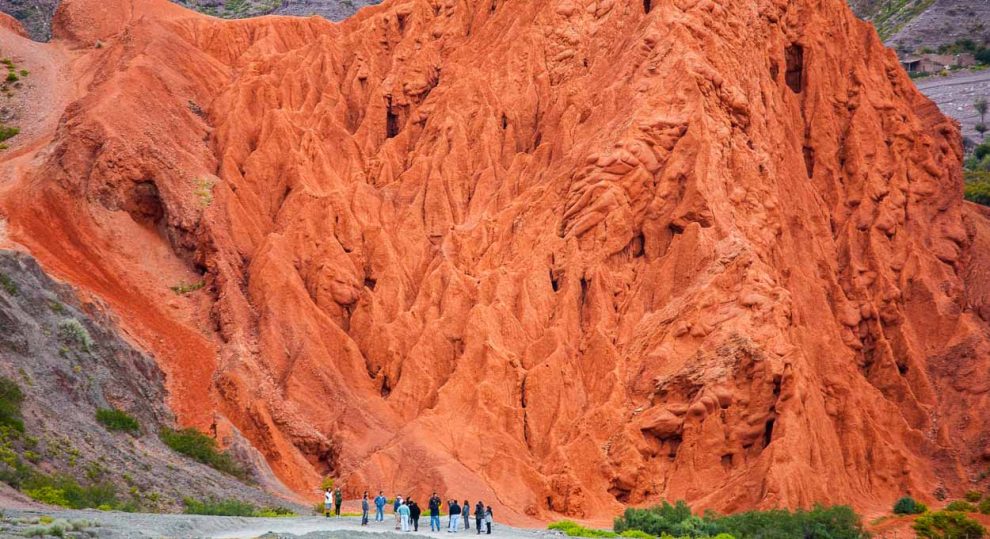








Comment